Fall Restraint System Requirements
Fall restraint system requirements. Fall protection is required whenever employees are working four feet or more above a lower level. 1207 1 Subject to subsection 2 an employer must provide or put in place a fall-protection system if work is to be performed a from a structure or on a vehicle at a height of 3 m or more. A fall restraint system should only be used where a worker likely can regain.
Passive arrest safety nets fall arrest mats Active arrest cable and track-based systems SG400 Mitigation of any consequences of an accident The risk of a fall must wherever possible be designed out. If working at heights professionals are operating on a roof a fall restraint system can be applied so these workers dont get themselves into a position where a. To allow their fall protection to be considered as fall restraint their equipment should be arranged to limit the vertical drop as much as possible and in no case should the total fall distance be more than 30 centimetres 1 foot.
The equipment is not designed to arrest a fall but merely restrains an individual. The means of connection may include a lanyard deceleration device lifeline or a suitable combination of these. Roofing work or leading edge work on low pitched roofs use a fall protection system Construction.
Hazards including hazards other than fall hazards have been identified where reasonably practicable physical fall prevention is provided other hazards have been controlled and. As a result permanent fall restraint systems must also comply with standards for fall arrest. Or c at a height of less than 3.
The reason for this requirement is to protect against accidental misuse that may occur during the lifetime of the system. Diversified Fall Protection a complete turnkey provider of OSHA compliant horizontal lifeline systems. Lets review 5 key requirements for fall arrest systems.
You should have a strong and comfortable understanding of all aspects of an active fall protection system everything from the anchor point to the harness. This force can arise from leaning away from the safety line walking away from it or even sliding or slipping. Then that figure is doubled.
Basically an active restraint system. The resulting total is the amount of force the fall restraint system needs to withstand at minimum in order.
The resulting total is the amount of force the fall restraint system needs to withstand at minimum in order.
The reason for this requirement is to protect against accidental misuse that may occur during the lifetime of the system. 1 Body belts may not be used after 123197. A worker is working at any height where there is danger below. In order for a fall restraint system to be safe it needs to calculate the force the system is required to withstand to keep a worker safe from reaching the fall hazard. A worker is working at a minimum height of 4 or 6 feet for general industry and construction respectively or. CSA Z25917-16 Selection and use of active fall-protection equipment and systems states a minimum of 36 kN or 800 pounds force for a temporary travel restraint set up having no free fall. Lets review 5 key requirements for fall arrest systems. Both fall arrest and fall restraint systems have their application in the workplace. It involves the use of positioning lanyards belay systems.
This force can arise from leaning away from the safety line walking away from it or even sliding or slipping. It consists of a body harness anchorage and connector. For this reason the components of a fall restraint system can be considerably less robust than a fall arrest system. Fall restraint refers to systems that eliminate the possibility of a fall. Permanent fall restraint systems such as single anchor points and horizontal lifelines must be designed for fall arrest. Then that figure is doubled. This force can arise from leaning away from the safety line walking away from it or even sliding or slipping.

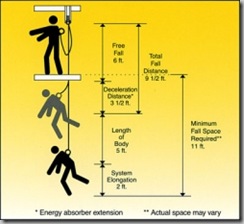




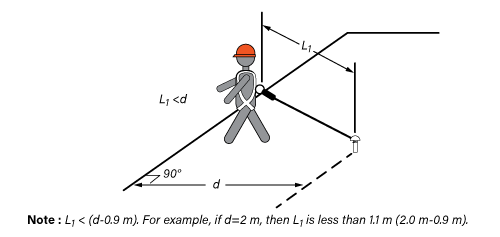

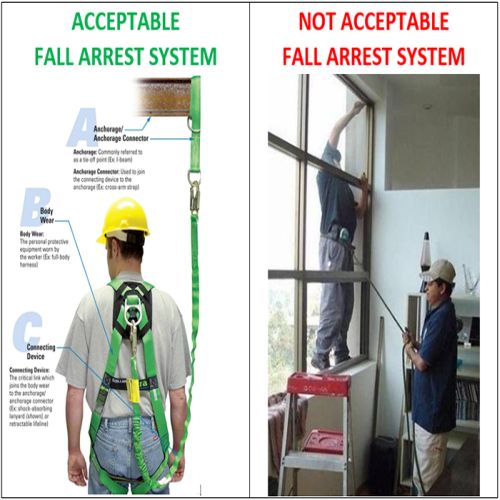

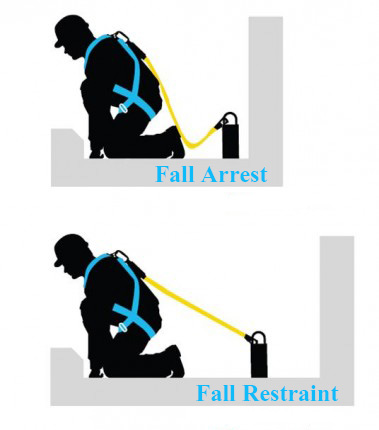

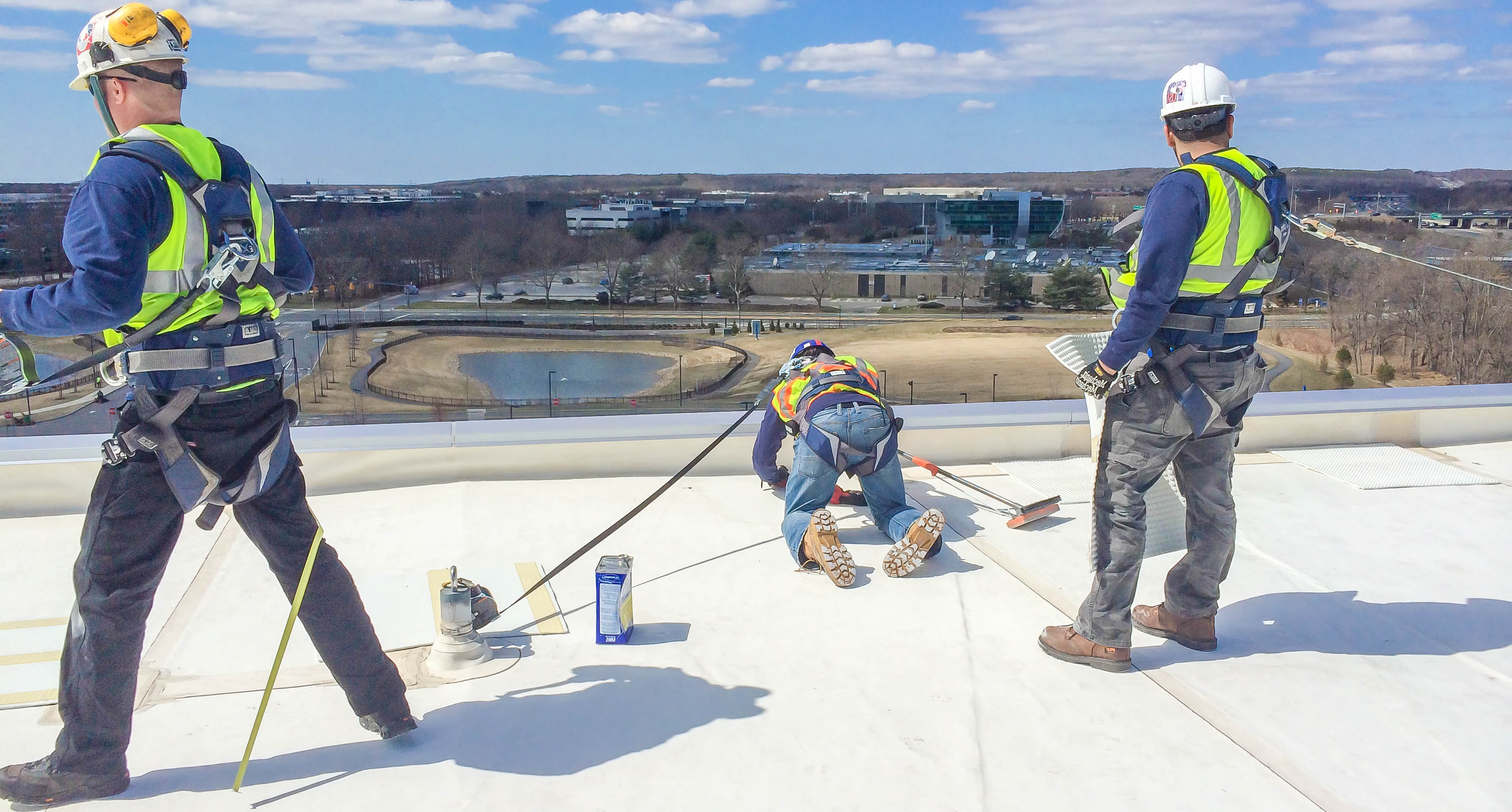

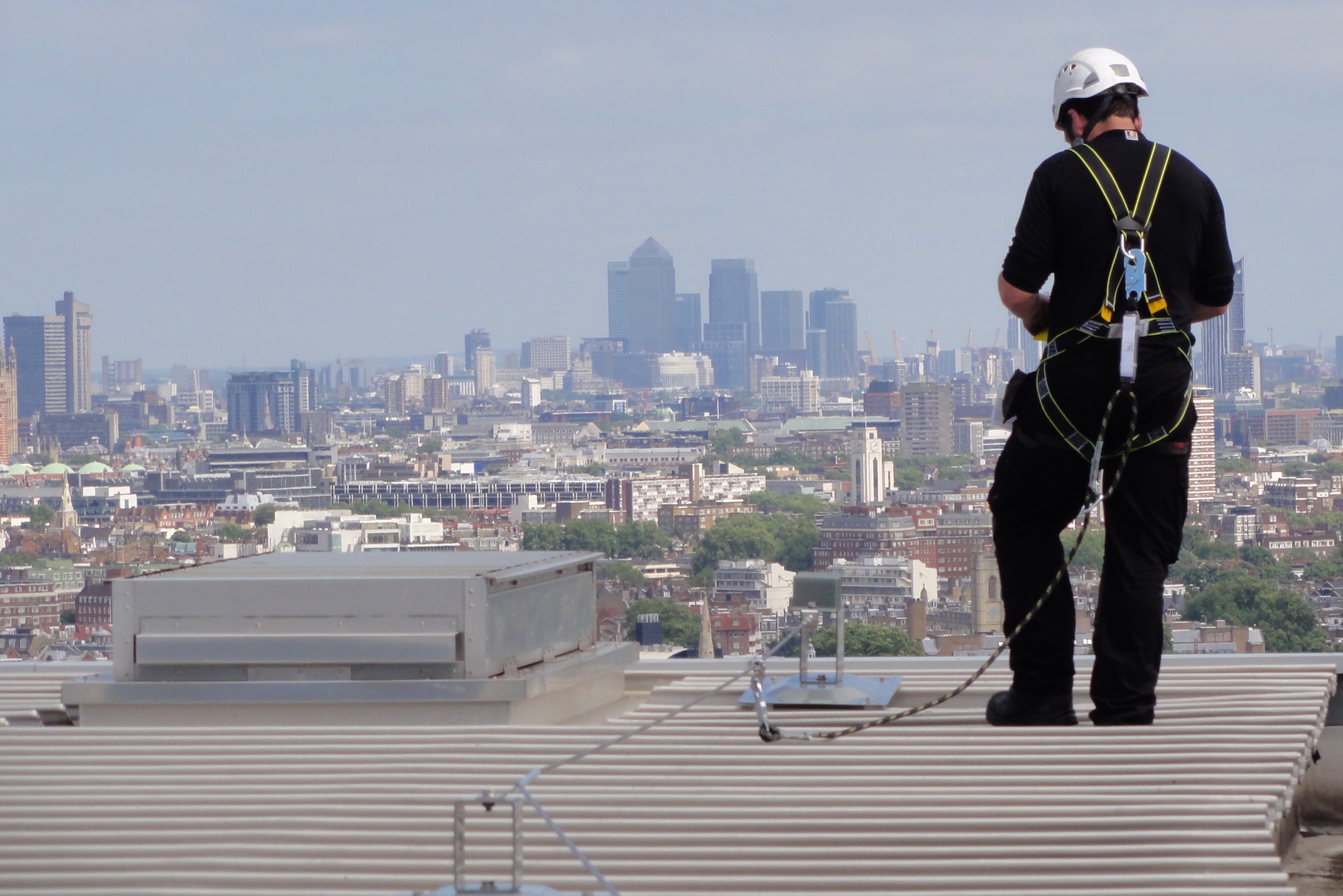





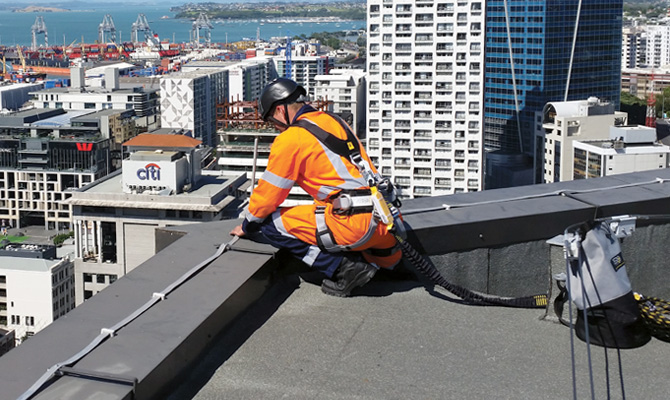

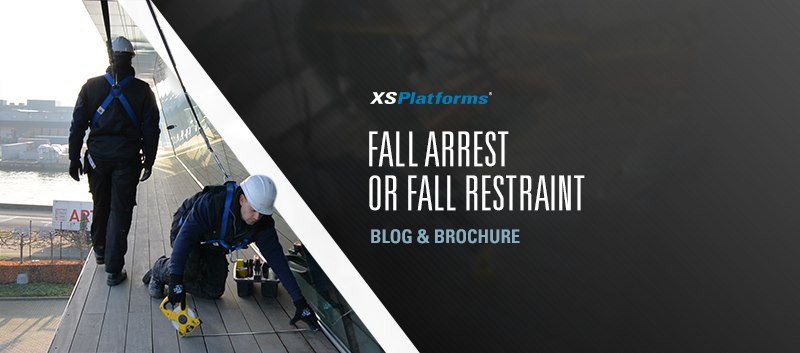
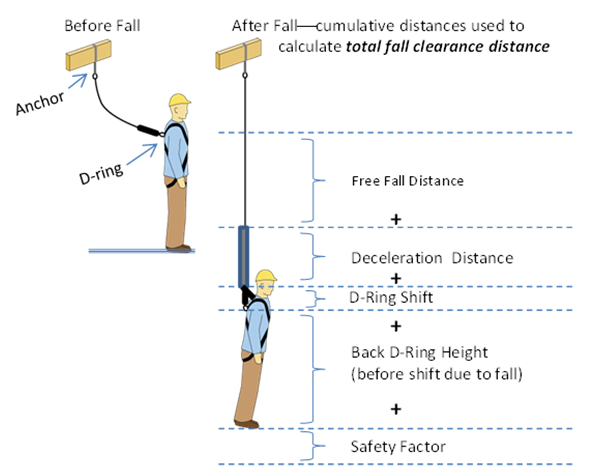
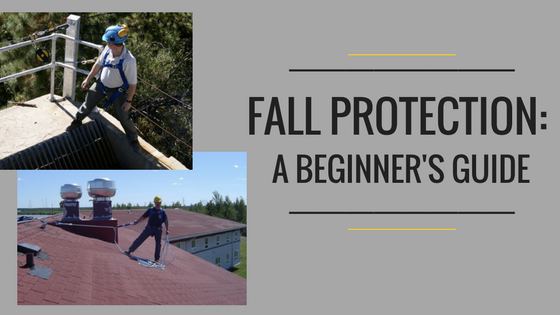


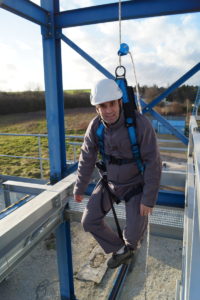








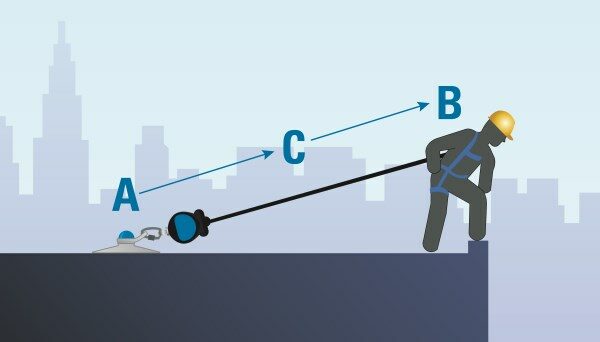
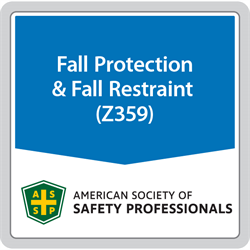
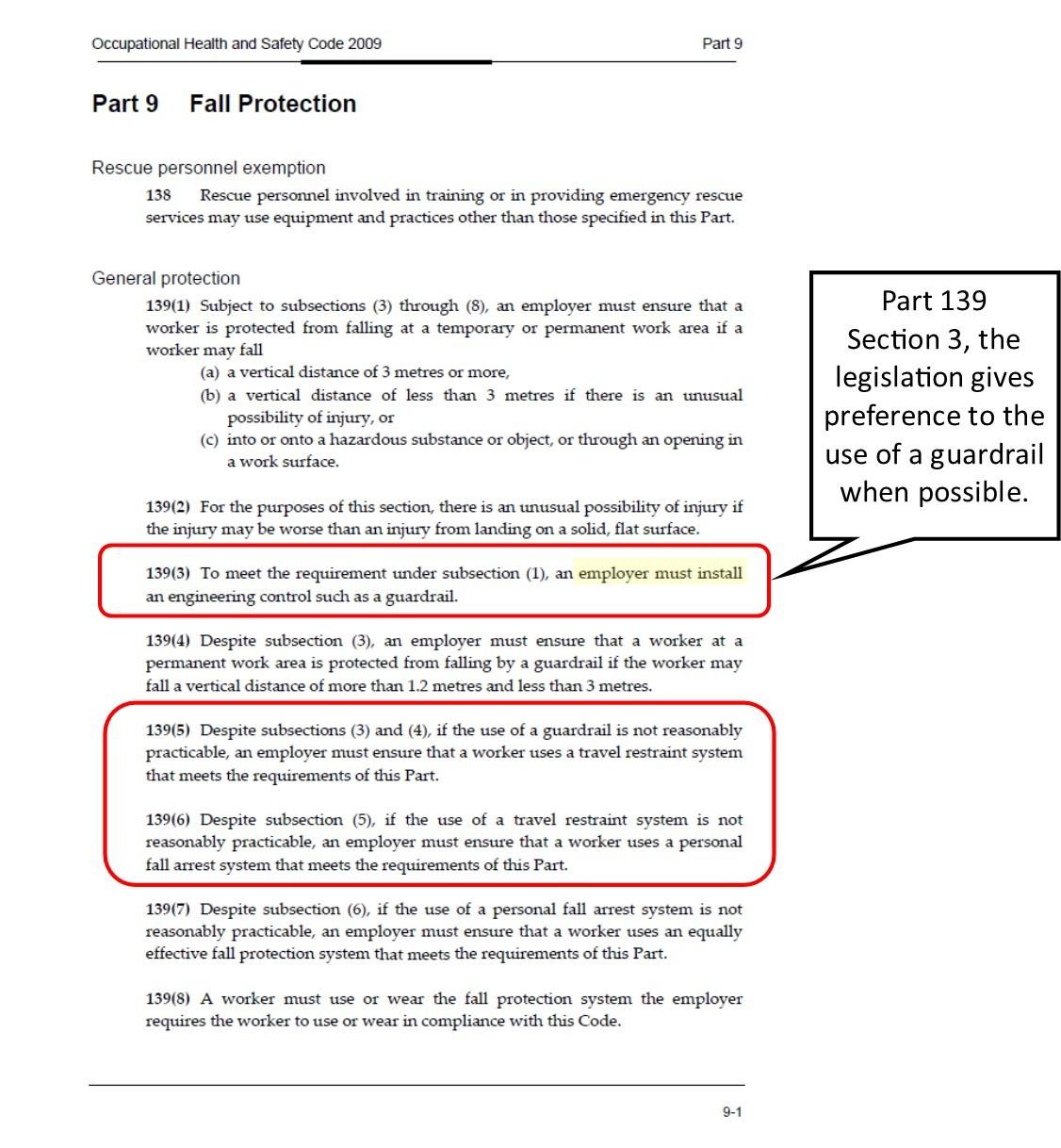
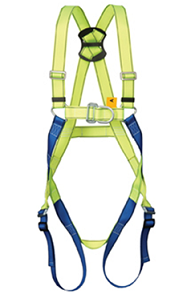
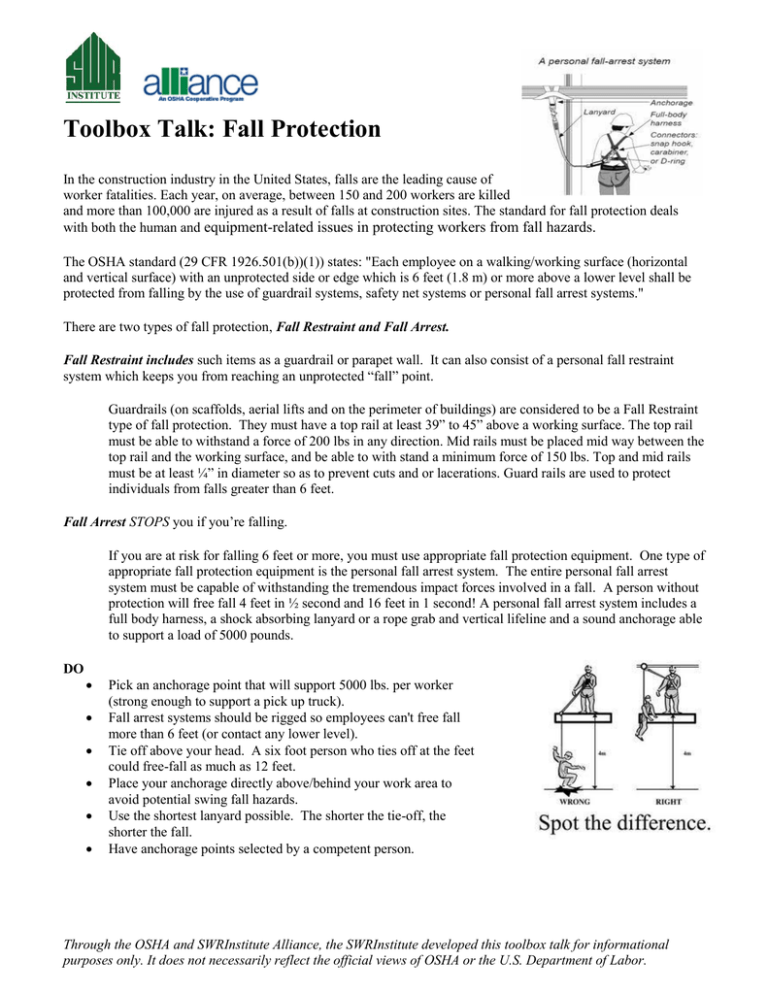

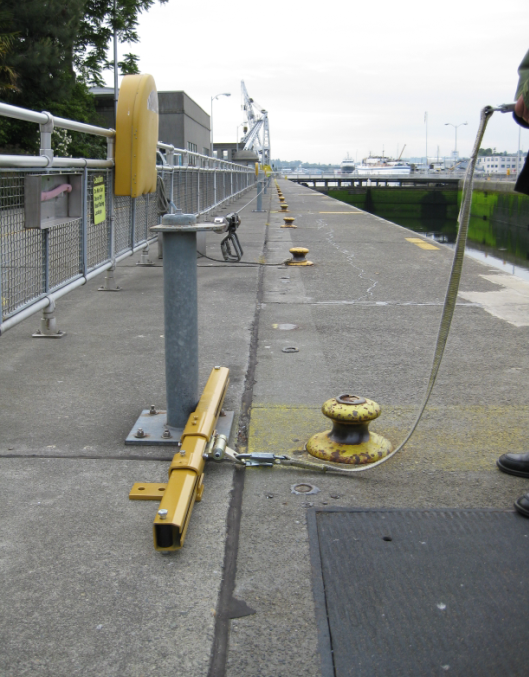
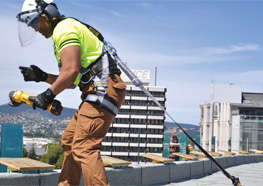

Post a Comment for "Fall Restraint System Requirements"